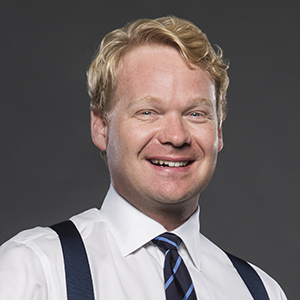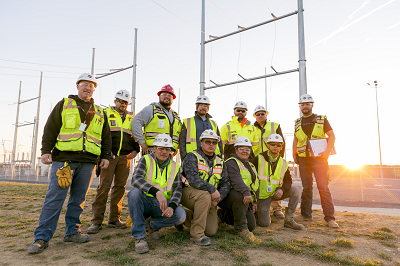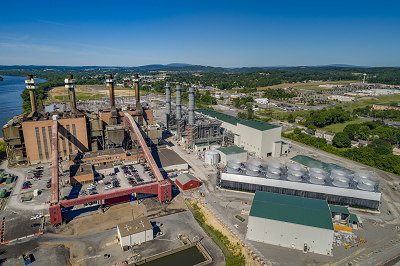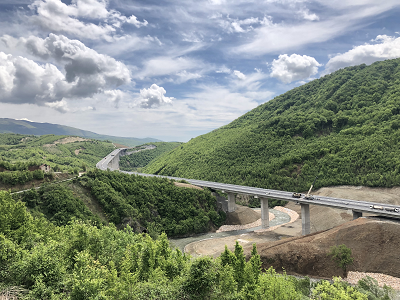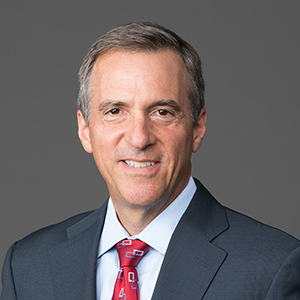Learn more
Like many great entrepreneurs, Warren A. Bechtel would take a few frightening steps toward failure before he found the path to success. In 1898, a nearly bankrupt 25-year-old Bechtel and his pregnant wife, Clara, left Peabody, Kansas, and headed 100 miles (161 kilometers) south in search of construction work and new opportunity. Thus began an epic journey that would span more than a century of building, five generations of his family, and eventually much of the globe.
Countdown to the Opening of WaaTeeKaa
WaaTeeKaa, a century-old railroad car that served as a home on wheels for early generations of the Bechtel family, has been reimagined in honor of our 125th anniversary. After being located in San Francisco from 1988 to 2018, WaaTeeKaa was recently moved to our Reston, Virginia office and will reopen as our updated company museum this fall.



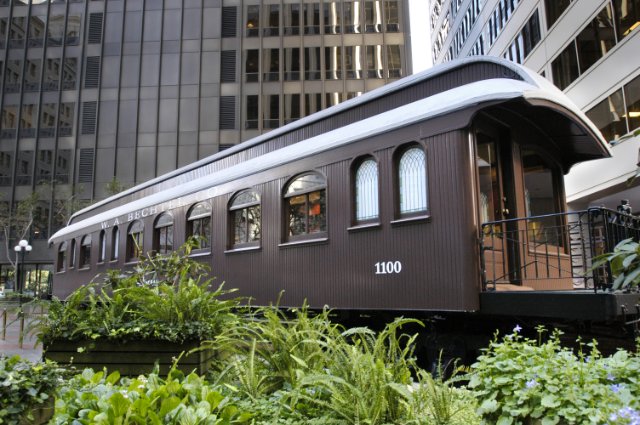

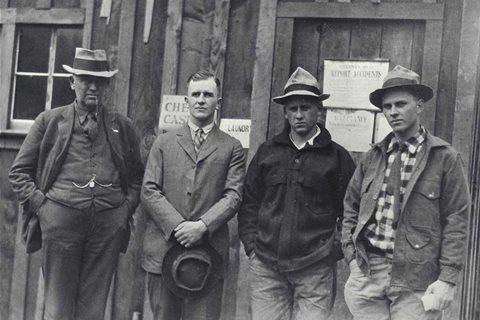
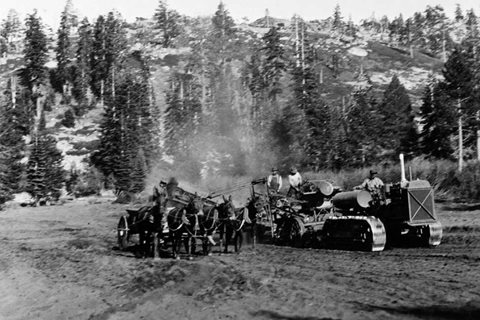
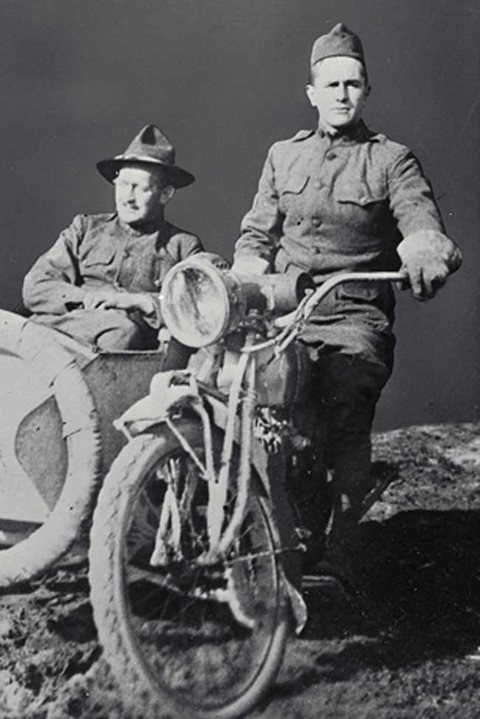
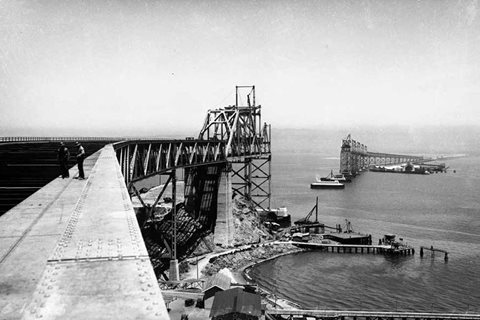
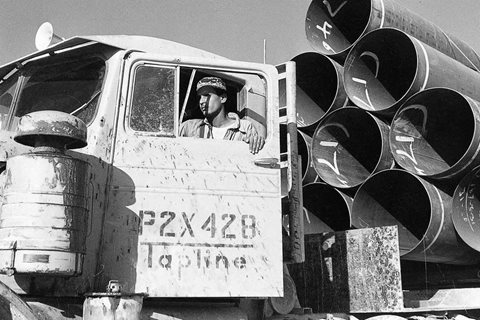
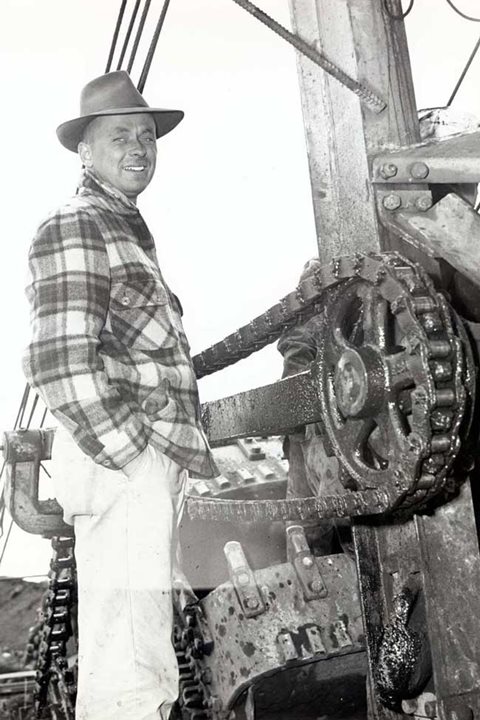
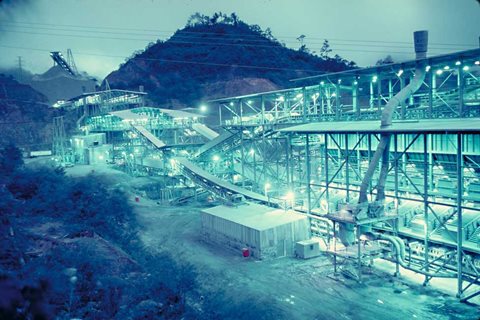
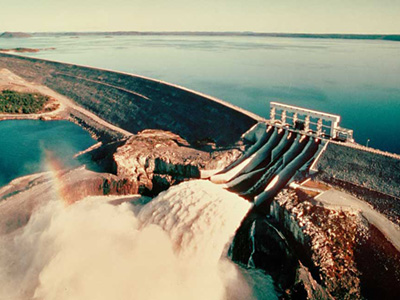
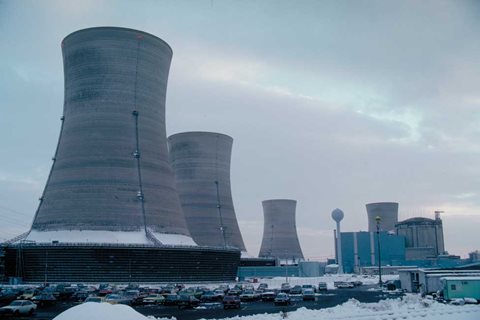
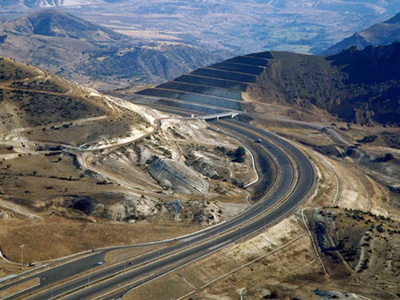
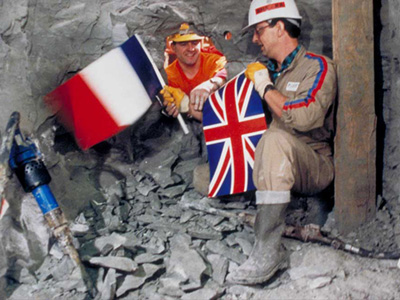
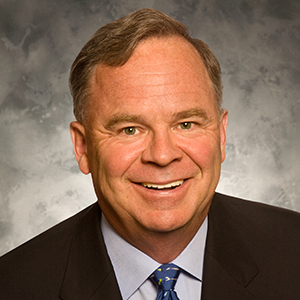
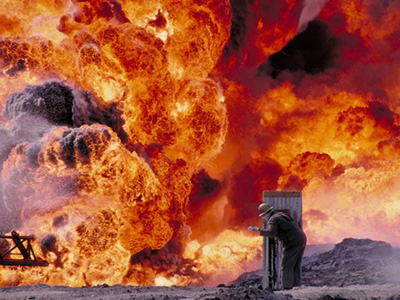
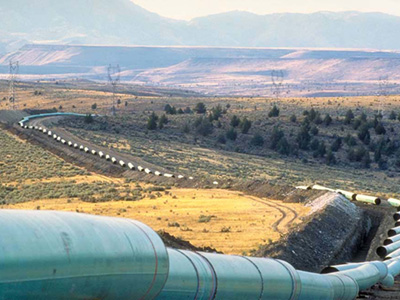
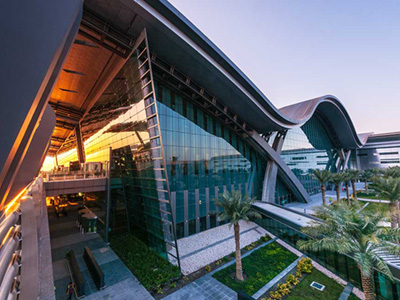
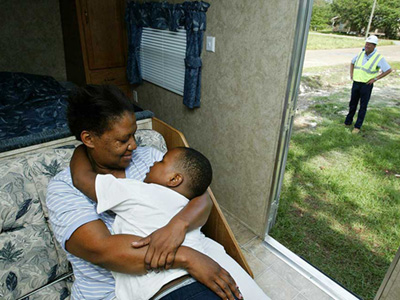
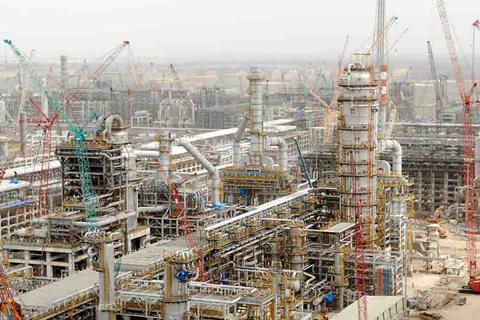


-(1).jpg?ext=.jpg&width=480&resizemode=force)
